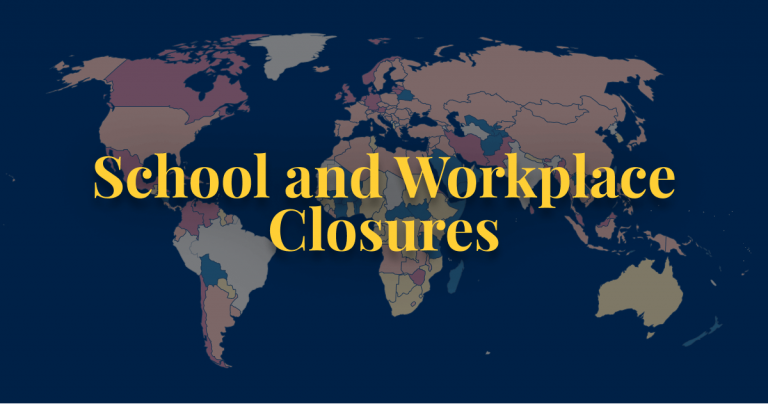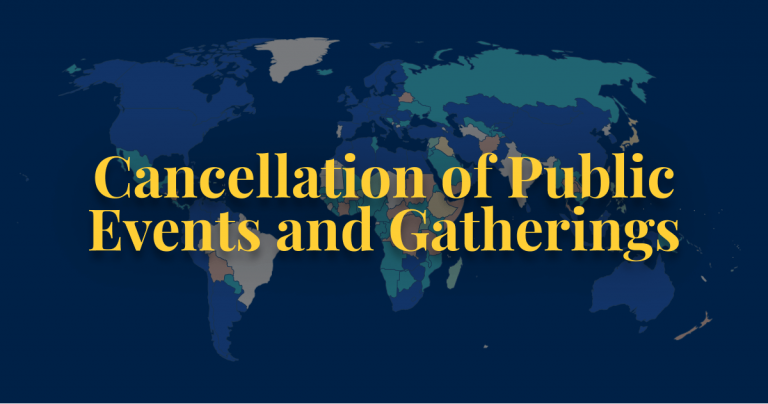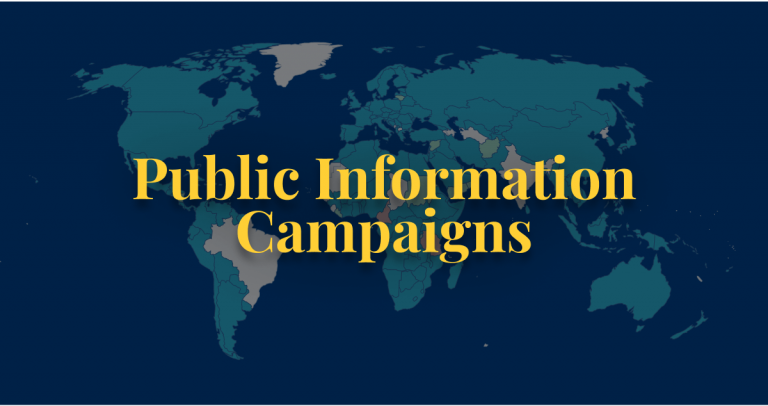Stringency Index
The Oxford Coronavirus Government Response Tracker (OxCGRT) project calculate a Stringency Index, a composite measure of nine of the response metrics.1
The nine metrics used to calculate the Stringency Index are: school closures; workplace closures; cancellation of public events; restrictions on public gatherings; closures of public transport; stay-at-home requirements; public information campaigns; restrictions on internal movements; and international travel controls.
The index on any given day is calculated as the mean score of the nine metrics, each taking a value between 0 and 100. See the authors’ full description of how this index is calculated.
A higher score indicates a stricter response (i.e. 100 = strictest response). If policies vary at the subnational level, the index is shown as the response level of the strictest sub-region.
Since government policies may differ by vaccination status, a stringency index is calculated for three categories: those who are vaccinated; those who are non-vaccinated; and a national average which is weighted based on the share of people that are vaccinated.
It’s important to note that this index simply records the strictness of government policies. It does not measure or imply the appropriateness or effectiveness of a country’s response. A higher score does not necessarily mean that a country’s response is ‘better’ than others lower on the index.
Containment and Health Index
The OxCGRT project also calculate a Containment and Health Index, a composite measure of thirteen of the response metrics.
This index builds on the Stringency Index, using its nine indicators plus testing policy, the extent of contact tracing, requirements to wear face coverings, and policies around vaccine rollout. It’s therefore calculated on the basis of the following thirteen metrics: school closures; workplace closures; cancellation of public events; restrictions on public gatherings; closures of public transport; stay-at-home requirements; public information campaigns; restrictions on internal movements; international travel controls; testing policy; extent of contact tracing; face coverings; and vaccine policy.
The index on any given day is calculated as the mean score of the eleven metrics, each taking a value between 0 and 100. See the authors’ full description of how this index is calculated.
A higher score indicates a stricter response (i.e. 100 = strictest response). If policies vary at the subnational level, the index is shown as the response level of the strictest sub-region.
It’s important to note that this index simply records the strictness of government policies. It does not measure or imply the appropriateness or effectiveness of a country’s response. A higher score does not necessarily mean that a country’s response is ‘better’ than others lower on the index.













